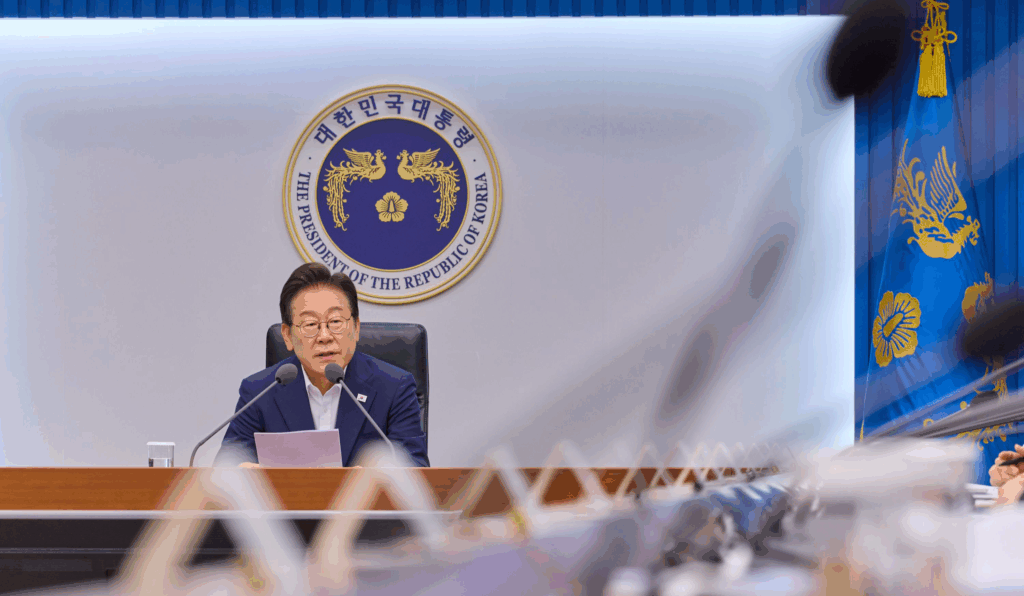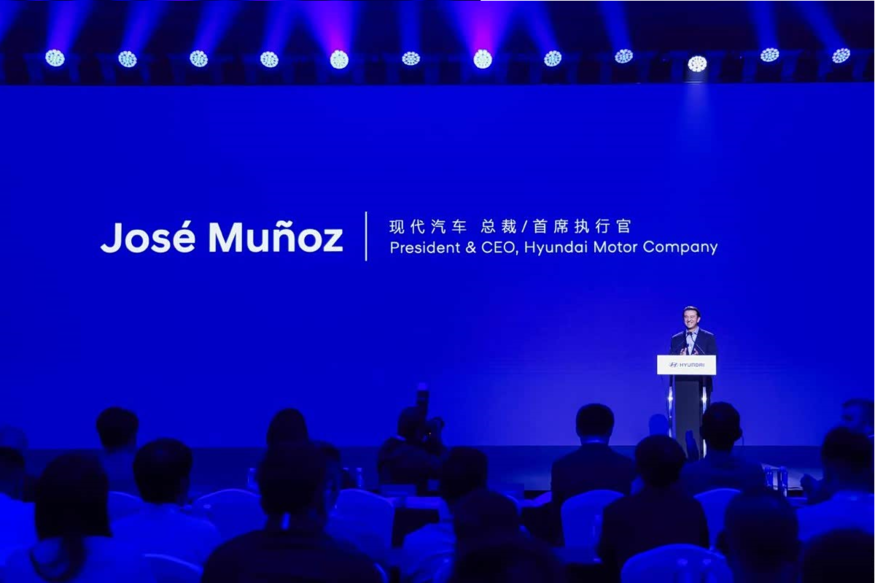
South Korea is rolling out a sweeping workplace safety and labor reform plan that could make the country more attractive for foreign investors, particularly those prioritizing ESG compliance and operational stability.
On August 12, the National Committee for State Affairs Planning, under the Office of the President, announced that by 2030 it aims to cut the country’s workplace fatality rate to the OECD average of 0.29 deaths per 10,000 workers—down from 0.39 in 2023.
The initiative, part of President Lee Jae-myung’s five-year national policy plan, will be formally introduced at a public briefing on August 13.
For companies operating in South Korea, the policy could significantly reduce operational risks associated with industrial accidents—an area where Korea has historically ranked among the highest in the OECD.
The initiative’s “Safe Workplaces for All” framework expands workers’ rights to halt unsafe work and introduces a public disclosure system for corporate safety performance.
This means investors will gain clearer visibility into companies’ safety records, an increasingly important metric for ESG-focused portfolios.
The government also plans to streamline compensation processes for workplace injuries, currently averaging 227.7 days, by imposing legal deadlines and allowing provisional payouts. Such reforms are designed to minimize production downtime and potential reputational risks for employers.
In addition to safety reforms, South Korea aims to tackle wage issues and working hours—two factors with direct implications for productivity and labor relations.
The government will target a 50% reduction in unpaid wages by 2030 and is considering measures such as mandatory direct wage payments in construction projects and stricter enforcement.
It also intends to cut the average annual working hours from 1,859 in 2023 to around 1,700, aligning closely with the OECD average.
Proposals include a 4.5-day workweek, banning lump-sum overtime pay, and introducing a legally protected “right to disconnect” after hours.
The plan carries a budget of $5.78 billion and extends beyond safety into broader labor market reforms, including extending the legal retirement age, boosting vocational training, and strengthening the employment safety net.
For U.S. investors, these moves suggest a more predictable, transparent, and sustainable business environment in South Korea—especially in sectors like manufacturing, construction, and energy, where workplace safety and labor compliance are closely tied to both profitability and reputation.
The combination of improved ESG standards and modernized labor policies could position Korea as a stronger destination for foreign direct investment in the coming decade.
















